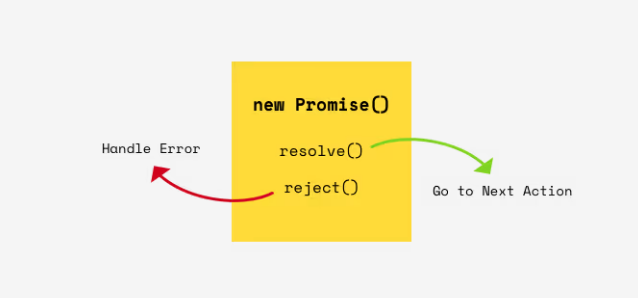前端面试之手写call,apply,bind
了解下this的指向
- 普通函数当中的this指向
window - 对象身上的方法指向这个
对象 - 箭头函数的this执行上层作用域下的
this
手写call
1 |
|
手写apply
1 | Function.prototype.myApply = function(context,argArray){ |
手写bind
- 最简单版本
- 利用了对象身上的方法被执行的时候指向的是这个对象的原理
1 | Function.prototype.myBind = function(context,...args){ |
chat-gpt修改意见-以apply为例
首先,对于传入的
context参数,您已经考虑了一些边界情况,例如undefined或null,并使用Object(context)将其转换为对象。但是,您的实现并没有考虑传递非对象的原始值(例如字符串或数字),在这种情况下,您的代码将抛出TypeError。您可以通过使用Object(context)来强制将原始值转换为其包装对象,以避免这种情况。其次,对于传入的
argArray参数,您使用了可选链式调用?.来检查它是否为 null 或 undefined,并且使用length属性来检查其是否为空数组。这是一个很好的实践,但是如果您的代码要在较早的 JavaScript 版本中运行,则可能会出现问题。在这种情况下,您可以使用更传统的 if 语句来进行检查,例如if (!argArray || argArray.length === 0) { argArray = []; }。最后,您的实现使用了一个唯一的 Symbol 来存储函数,并将其存储在上下文对象中,然后使用调用运算符
()来调用该函数并传递参数数组。这是一种非常聪明和安全的方法来确保不会意外覆盖上下文对象中的现有属性。但是,如果您的代码需要在旧版本的 JavaScript 中运行,则可能需要使用字符串键来存储函数,例如context['__myApply_temp_fn'] = callFn;。下面是经过改进的代码:
1
2
3
4
5
6
7
8
9
10
11Function.prototype.myApply = function(context, argArray) {
context = Object(context);
argArray = (argArray && argArray.length) ? argArray : [];
let callFn = this;
let tempKey = '__myApply_temp_fn';
context[tempKey] = callFn;
let result = context[tempKey](...argArray);
delete context[tempKey];
return result;
};
本博客所有文章除特别声明外,均采用 CC BY-NC-SA 4.0 许可协议。转载请注明来自 梦洁小站-属于你我的小天地!
评论







